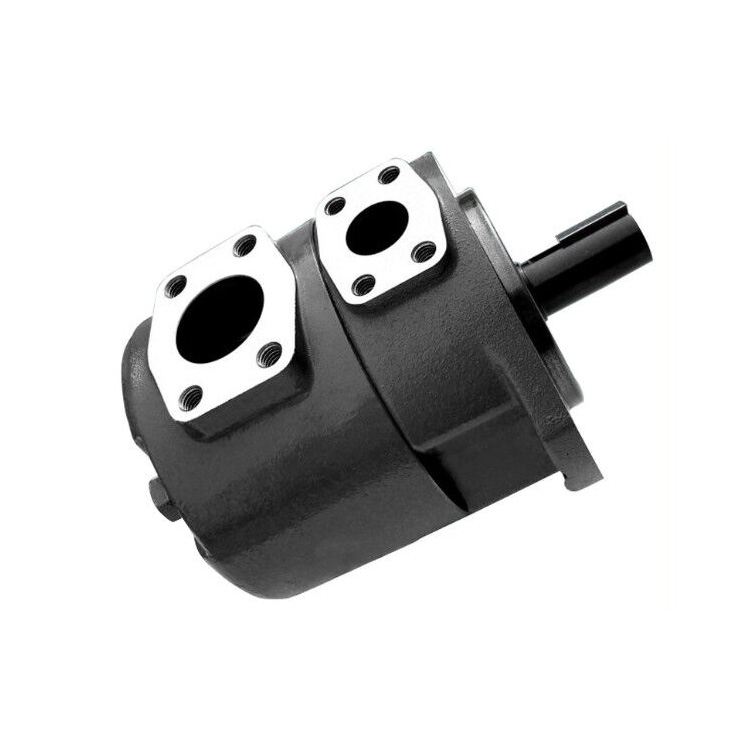
- English
- Español
- Português
- русский
- Français
- 日本語
- Deutsch
- tiếng Việt
- Italiano
- Nederlands
- ภาษาไทย
- Polski
- 한국어
- Svenska
- magyar
- Malay
- বাংলা ভাষার
- Dansk
- Suomi
- हिन्दी
- Pilipino
- Türkçe
- Gaeilge
- العربية
- Indonesia
- Norsk
- تمل
- český
- ελληνικά
- український
- Javanese
- فارسی
- தமிழ்
- తెలుగు
- नेपाली
- Burmese
- български
- ລາວ
- Latine
- Қазақша
- Euskal
- Azərbaycan
- Slovenský jazyk
- Македонски
- Lietuvos
- Eesti Keel
- Română
- Slovenski
- मराठी
- Srpski језик
Understanding Hydraulic Parts and Their Roles
2024-06-17
The world of hydraulics is a fascinating realm where fluids are harnessed to generate incredible power and precision. But behind the scenes, a symphony of carefully engineered components, known as hydraulic parts, work together to make this magic happen.
These hydraulic parts come in a variety of shapes and sizes, each playing a crucial role in the overall function of a hydraulic system. Let's delve into some of the key players:
Pumps: The heart of any hydraulic system, pumps convert mechanical energy, typically from an electric motor or engine, into pressurized fluid flow. This pressurized fluid is the lifeblood of the system, carrying the necessary force to power various equipment.
Motors: Once the pump has done its job, hydraulic motors take center stage. These ingenious devices convert the pressurized fluid back into mechanical energy, driving pistons, gears, or other mechanisms. The speed and direction of the motor's rotation are directly controlled by the flow and pressure of the incoming hydraulic fluid.
Cylinders: When it comes to generating linear force, or pushing and pulling motions, hydraulic cylinders are the go-to components. These workhorses consist of a piston housed within a barrel. The pressurized fluid acts upon the piston, creating a powerful pushing or pulling force that can be used for lifting, pressing, or clamping applications.
Valves: Imagine a complex network of traffic lights for fluids. That's essentially the role of hydraulic valves. These valves control the flow and direction of the pressurized fluid within the system. By strategically opening, closing, or diverting the fluid flow, valves ensure the hydraulic system operates according to its intended function.
Filters: Keeping the hydraulic fluid clean is paramount for optimal system performance. Hydraulic filters act as vigilant guardians, removing contaminants like dirt, metal shavings, and wear debris from the fluid. This helps prevent component damage, reduces wear and tear, and ensures smooth operation of the entire system.
These are just a few of the essential hydraulic parts that make up a hydraulic system. The specific combination and configuration of these parts will vary depending on the application, from powering construction machinery to operating complex manufacturing equipment.
Understanding the roles of these individual hydraulic parts allows us to appreciate the intricate dance they perform within a hydraulic system. By working in perfect harmony, they translate human commands into powerful and precise fluid motions, driving innovation and progress across various industries.



